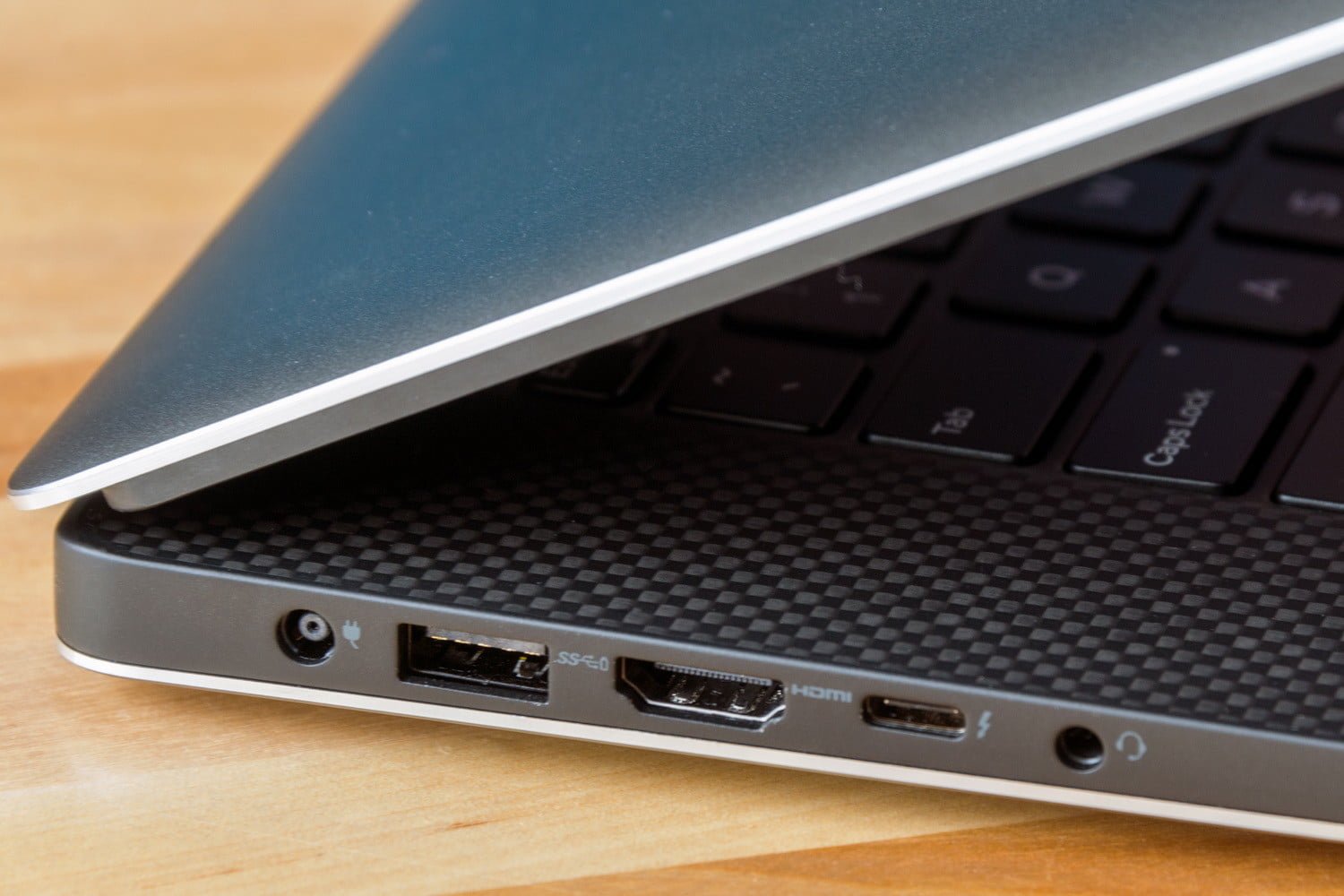As opposed to the belief of a handful of laptop owners, ports are not meant for aesthetical purposes. For this reason, today’s how-to article will inform you about the common (as well as uncommon) ports that you would see on laptops, their functions, available versions or types. We will also show you to easily identify ports on your laptop.
USB Ports
An acronym which stands for Universal Serial Bus, USB is the most common port that is found on a laptop. If you are a MacBook Pro user, it is the only available port you would see on this laptop. USB ports are typically employed for file transfer between your laptop as well as other devices, which could be laptops, smartphones, storage disks, and so on. They are also used as attaching and charging peripherals and occasionally function as the charging point of a laptop.
There are various types of USB connection ports, each with their individual unique features. As of now, there are 3 types of USB ports.
USB Type-A
Also called USB-A, this is a 4-pin connector, available in various types and versions, such as USB 1.1, USB 2.0, USB 3.0 as well as USB 3.1. The USB 2.0 typically comes in color Black or Gray, whereas the USB 3.0 ports are offered in Blue or Turquoise color. The USB 3.0 has been given a new name, USB 3.1 Gen 1, by the USB Implementors Forum.
Thus, USB 3.0 does not exist any longer, technically. If you come across a laptop that features a USB 3.0 port, it might be some years old. But there is another version of the USB 3.1 that is known as the Gen 2 and offers 10Gb/s transfer rate, twice that of the Gen 1, 5Gb/s.
To determine the specific generation
(or speed) of USB 3.1 that your laptop offers, you would need to check the specs sheet of your device as it’s specified, always, by the manufacturer. Or better still, you can take these steps:
- Right -click on My Computer/This PC
- Press Manage
- Choose Device Manager
- Expand Universal Serial Bus controller; you can now see detailed info on the USB types and versions of your laptop.
USB Type-C
USB Type-C is the newest and latest type of USB connection port, also called USB-C. It is rapidly replacing the USB Type-A on laptops as well as Type-B on other devices. The USB Type-C, unlike the rectangle-shaped Type-A with four-pin connector, is smaller and slimmer and has twenty-four pins making it handle faster transfer speed and higher currents.
Since laptops and notebooks are becoming slimmer, the USB-C port is being employed by a lot of manufacturers over the Type-A.
RJ-45 Ethernet Port
RJ is an acronym for Registered Jack. An RJ-45 Ethernet port is used for connecting to the internet on the laptop via a compatible ethernet cable. This connection port has an 8 pin – 8 contact (8P – 8C) connector and comes with two LED lights, occasionally, which indicate packet detection as well as transmission.

HDMI Port
Short for High Definition Media Interface, HDMI port enables the transfer of audio and video signals between the laptop and other gadgets,
such as digital cameras, laptops, monitors, projectors, game consoles, and so
on. Concerning HDMI versions, HDMI 2.1 is the latest
version while older ones are the HDMI 1.4 and HDMI 2.0.
The HDMI 2.1 offers enhanced audio and better visual features and capabilities than the HDMI 2.0; just like the 2.0 is better than the 1.4. But it isn’t so straightforward to show you the difference in the port versions physically because they all have similar 19-pin connector and are also backward compatible. To determine the version of the HDMI port of your laptop, you can check the user’s manual or do a simple Google search.
Types of HDMI Connection Ports
4 different types of HDMI ports are currently available and unlike the versions, they can be identified easily using physical examination. Types of HDMI ports are, HDMI Type-A (standard), HDMI Type-C (mini HDMI), Type-D (micro HDMI), and lastly, Type-E.
Types A, C, and D are utilized on laptops, typically, whereas Type-E is specifically made use of in automotive applications.

ThunderBolt 3
While
this connection port is identical to your regular USB Type-C port,
both work using different protocols. The ThunderBolt 3is, basically, a USB-C port supporting higher and
faster transfer speed that is as much as 40Gb/s, which is 4 times that of regular USB-C Gen 2.
All ThunderBolt 3 ports can also serve the same role as a USB-C port; however, not all USB-C ports come with ThunderBolt 3 features.
If you want to identify a ThunderBolt 3 port on your system, find a USB-C port that has a thunder-like inscription next to it. That’s quite straightforward.
ThunderBolt 3 ports offer several advantages over regular USB-C. But, concerning compatibility, you could opt for a ThunderBolt 3-compatible cable so as to enjoy the full features of this port.
SD Card Reader
This port is employed for transferring files, easily, to/from your SD card. They’re small, easy to use, and regularly come with business and portable notebooks as well as 2-in-1 hybrids.

DisplayPort
This port, like HDMI above, features a 20-pin connector and is also capable of sending video and audio signal to external display devices, such as your
monitor. 2 types of DisplayPorts are available on modern-day laptops: mini DisplayPort and standard DisplayPort.
Mini DisplayPorts are mostly seen on Apple’s MacBook Pro and Microsoft’s Surface Pro tablets. And standard full-size DisplayPorts typically come with bigger-sized laptops and most times feature a locking mechanism, which prevents attached cables from accidentally disconnecting.
That’s all on laptop ports and their different types/version.


